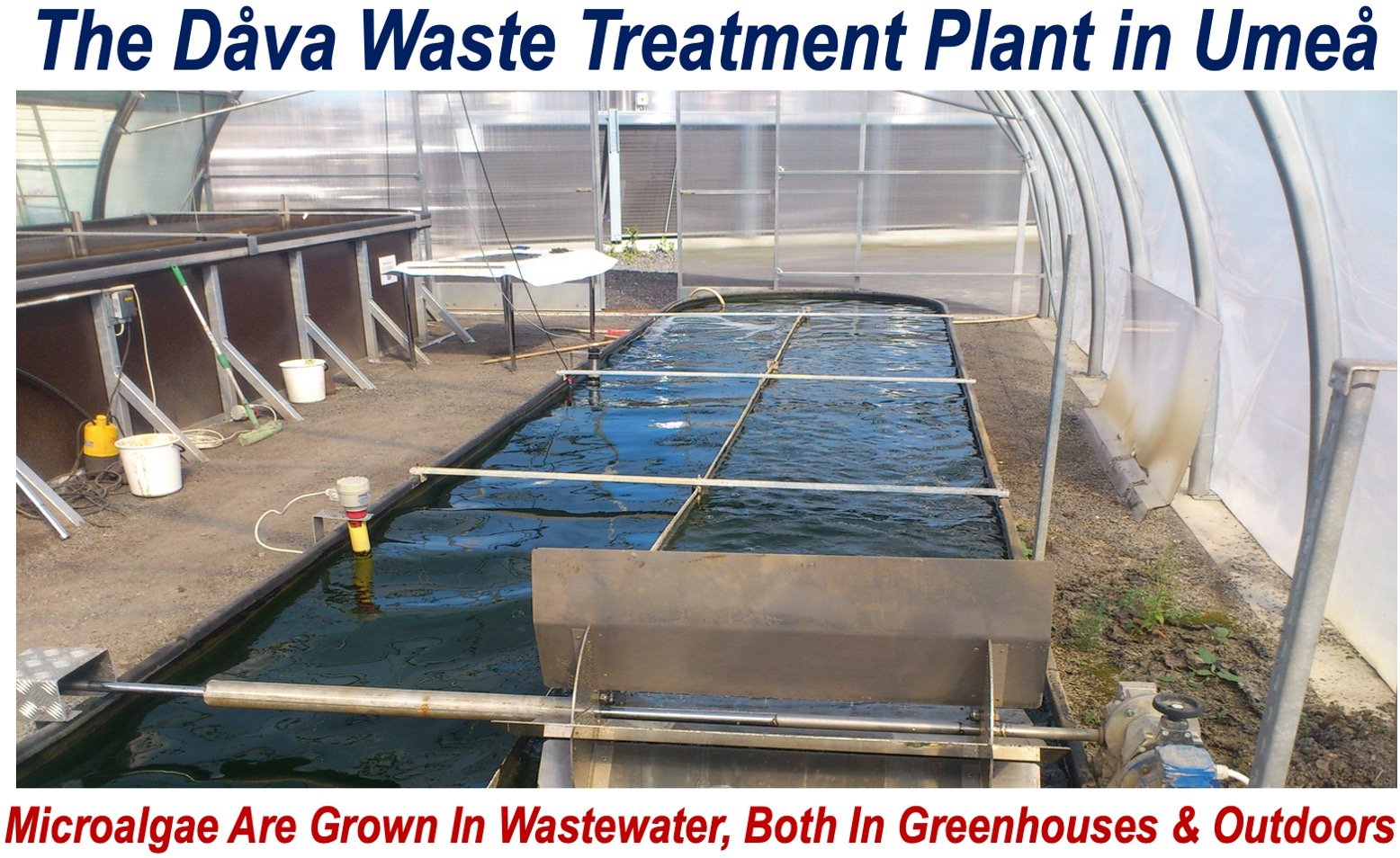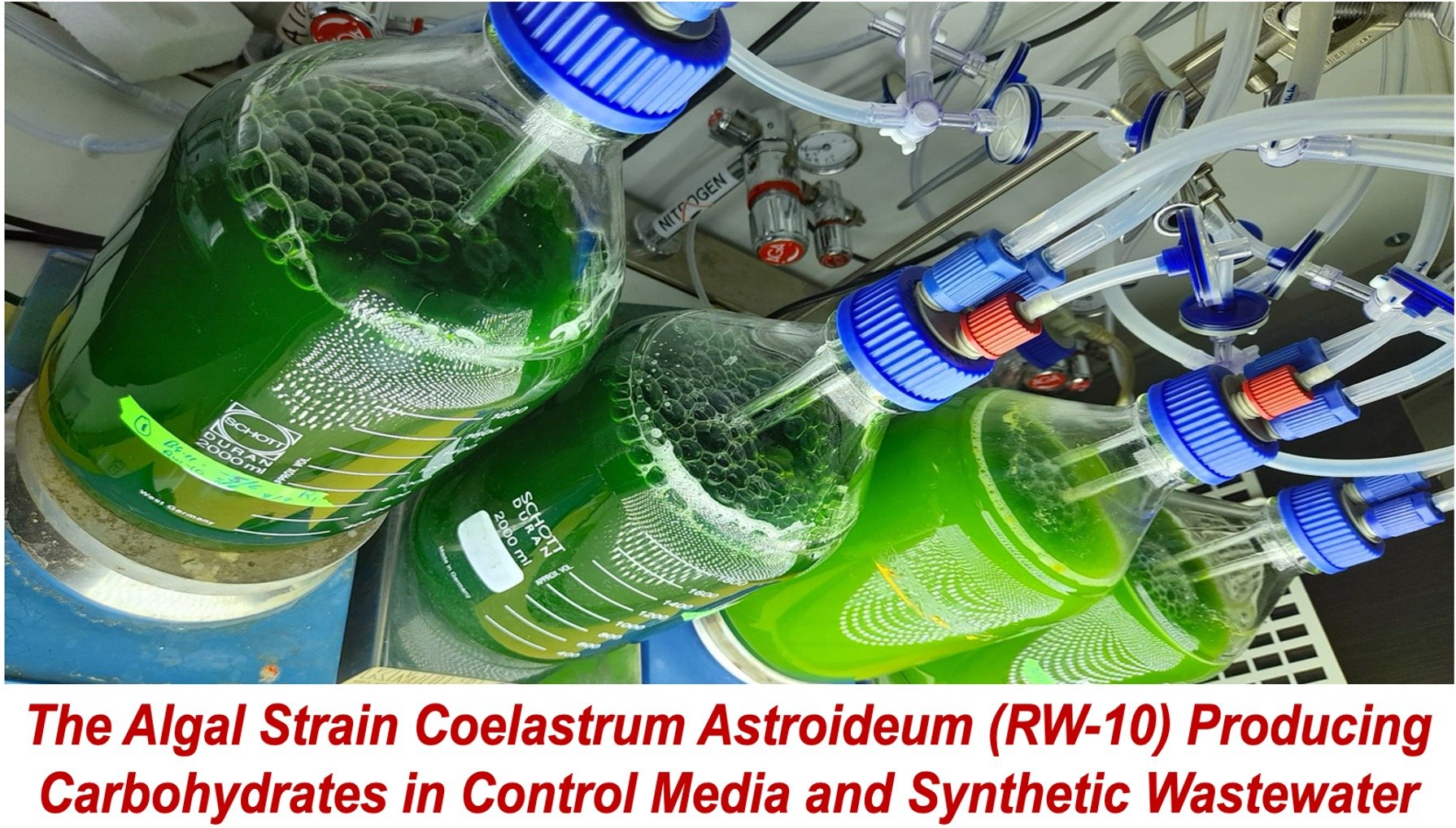In a significant move towards reducing our reliance on fossil-based plastics, the Waste2Plastic project at Umeå University in Sweden is developing biodegradable plastics using microalgae.
With funding of SEK 15 million (US$1.365M) from the Swedish Energy Agency and industrial partners, the project aims to produce PHA (polyhydroxyalkanoates) plastic—a biodegradable alternative to traditional plastics—using locally grown algae.
Dr. Christiane Funk, the project manager from Umeå University’s Department of Chemistry, explains the process:
“The biomass will then be fed to bacteria that create plastic for lamps and packaging. We are on our way to a sustainable bioplastics industry.”
Her comment emphasizes the potential impact that creating plastics from algae could have on sustainability efforts.

The Problem with Traditional Plastics
For over five decades, the production of plastics has relied heavily on fossil fuels due to their availability and low cost.
The result? A global production scale that skyrocketed from 1.5 million tonnes to over 395 million tonnes annually.
Unfortunately, a staggering 79% of this plastic ends up in landfills, where it can take centuries to decompose. Only 9% of the plastic is recycled, while 12% is incinerated, adding to environmental pollution.
As Dr. Funk points out, bio-based plastics can address these concerns:
“Bio-based plastics, generated from renewable resources, can play an important role in the circular economy to avoid the use of fossil fuels. It also involves new methods for degradation or recycling and less toxic chemicals in the manufacturing stages.”
However, challenges remain, including the higher production costs of biodegradable plastics from algae when compared to traditional petrochemical-based plastics.
Creating Plastics from Algae
To overcome these challenges, the Waste2Plastic project is using microalgae strains native to the Nordic region as the raw material for producing biodegradable plastics.
The algae are grown in wastewater in Umeå, where they remove carbon dioxide from industrial flue gases and convert it into biomass.
This biomass is then fed to bacteria that produce PHA, a type of biodegradable plastic that can be used to make products like lamps and packaging materials.
Dr. Funk further elaborates:
“Microalgae actively remove pollutants in the wastewater recycling process and are a renewable source that doesn’t require expensive materials, nutrients, or arable land.”
In addition to these benefits, the process helps mitigate climate change by removing carbon dioxide from the atmosphere.

The Path to Commercialization
Despite its potential, biodegradable plastics like PHA currently make up only 1% of the global plastic market. This low percentage is mainly due to the high production costs.
According to Dr. Funk, “One of the biggest problems for the commercialization of biodegradable plastics is its high production costs compared to plastics derived from petrochemicals.”
The Waste2Plastic project seeks to lower these costs by using microalgae, which are a more sustainable and cost-effective raw material than traditional feedstocks like sugar.
By using photosynthesis, algae produce sugars from carbon dioxide, which we can then use to create PHA. This method not only reduces the need for fossil fuels but also contributes to the removal of excess carbon dioxide from the environment.
Looking Ahead
Industrial partners in the project are already testing the biodegradability of PHA-based products, including packaging materials and lighting fixtures.
The hope is that these materials will be both functional and environmentally friendly. Dr. Funk believes that algae are a key part of creating a more sustainable future:
“Microalgae are fantastic organisms. They convert carbon dioxide into biomass, purify wastewater, and produce most of the oxygen we breathe.”
As this research progresses, the goal is to bring biodegradable plastics into the mainstream market, reducing our reliance on fossil fuels and lowering the environmental impact of plastic waste.
Final Thoughts
The development of biodegradable plastics from algae is a promising step towards a sustainable future. By using renewable resources and innovative technology, the Waste2Plastic project is paving the way for an eco-friendly alternative to traditional plastics, with the potential to significantly reduce carbon footprints and plastic waste globally.
